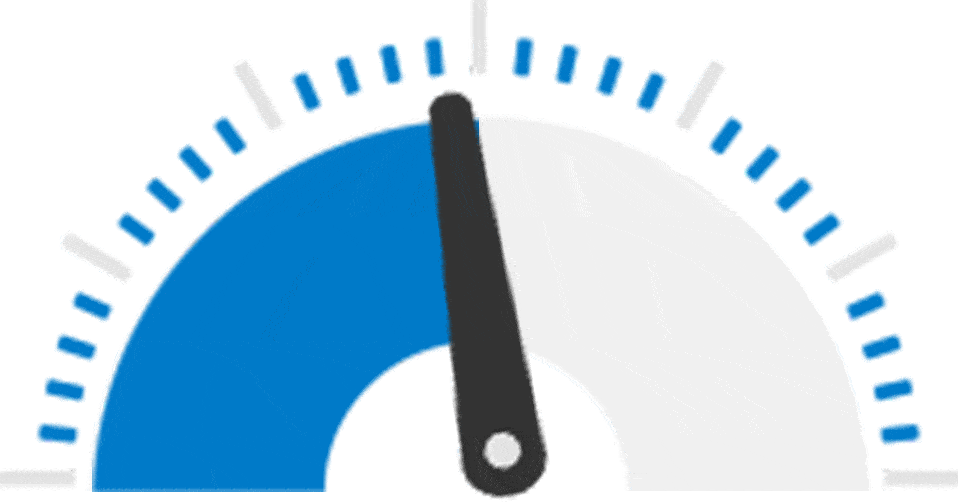SDLC or software development Life Cycle is a process that involves various phases to develop high-quality software systematically — Pritish kumar Halder
In other words, it is a project management model which defines the steps to bring an idea from inception and programming to implementation and later on maintenance.
The process is ideal to avoid bottlenecks and increase software development efficiency. Some companies divide the steps further to ensure smooth monitoring and implementation. Other steps like software development and testing can run simultaneously to fix the issues found during testing.
The 7 phases of a software development life cycle include,
- Planning
- Defining Requirements
- Prototyping
- Software Development
- Testing
- Integration
- Maintenance

Coding-language
Planning Stage
In this stage, the software development team defines the project scope by discussing the prospects with all the stakeholders, including developers, potential customers, the sales team, and subject experts. It designates the course of the project to prevent it from deviating from the original goal.
This step is essential to find project funding, set a project timeline, and identify problems before starting the project.
Defining Requirements
This step extends the previous step in which the team further defines the features to incorporate in an app. For example, a social app requires the option to upload pictures, or a sleep-tracking app requires sound, heart rate, bedtime, and wake time monitoring for an accurate sleep analysis.
Prototype
A prototype is an earlier version of the software application. It includes all the design essentials like architecture that defines the programming language and user interface that decides how customers interact with the application. The platform on which the app will run, problem-solving, communication, and security are all included in this version.
It is easier to make changes in a prototype than to rewrite the program in the development stage.
Development Stage
All the prior planning makes this step is straightforward. The developer follows the coding specification prescribed by the company and uses software tools like compilers, debuggers, and interpreters to write the program code and build the user application. The correct program code is chosen based on the application requirements.
Testing Stage
During this stage, the developers and stakeholders do prior testing to check for any discrepancy or error in the final application. It is to ensure that there aren’t any bugs in the application and the user experience isn’t affected in any way.
The software should meet all the quality standards of the SRS document.
Integration Stage
After testing the software and identifying and resolving potential issues, the developers integrate new modules in the application based on the requirement. Once the software is ready, it is deployed in its production environment and made available to users.
In some cases, the software goes through user acceptance testing, in which if customers find the application satisfactory, they give a green signal for the software to go live.
Maintenance
Once the software goes live, the developer maintains its security and operations. The users can discover bugs that weren’t there during testing. Therefore, the developers resolve the errors that can generate new development cycles.

pritish kumar Halder — A person writing a code
With 21+ years of developing experience, Pritish Kumar Halder has extensive knowledge and insight on Java, JSP, JEE on web portals and E-commerce applications. His goal is to assist individuals and companies through his vast experience in SOA, SQL, and SDLC.
Connect with Pritish Halder to test malfunctioning software and maintain the systems once they are up and running.

